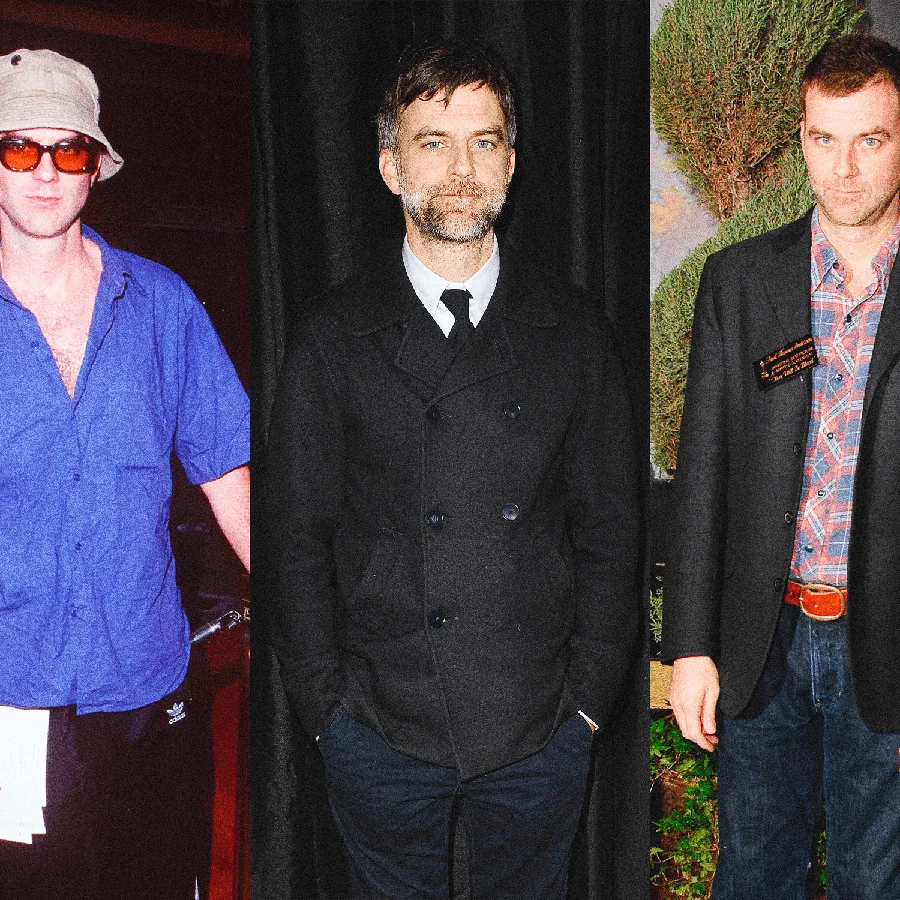Paul Thomas Anderson’s latest film, One Battle After Another, has finally arrived, delivering the complex, star-studded experience promised in its trailers. This action-driven thriller features Leonardo DiCaprio as Bob Ferguson, a former radical explosives expert living a quiet life with his teenage daughter in Northern California’s redwoods, only to face the consequences of his past. The film also stars Sean Penn, Benicio del Toro, Regina Hall, Teyana Taylor, and newcomer Chase Infiniti, as it moves through tense political drama and high-octane sequences. With a production budget surpassing $130 million and nearly two decades in development, Anderson’s ambitious project sidesteps film festivals in favor of generating buzz as one of the year’s major cinematic releases, making the Paul Thomas Anderson adaptation a notable cultural moment.
The Film’s Narrative Roots in Thomas Pynchon’s Vineland
Amid the film’s numerous thrills, critics have focused on its literary foundations. Anderson’s One Battle After Another draws heavily from Thomas Pynchon’s novel Vineland, a sprawling satire that explores the fading revolutionary spirit of the 1960s and its complicated aftermath. Anderson has engaged with Pynchon’s work before in Inherent Vice, a film that captured the 70s noir aesthetic but did not resonate broadly with viewers. This newest project, however, connects Pynchon’s themes with Anderson’s cinematic vision more successfully, updating the story for contemporary audiences. Vineland’s story centers on the fractures left behind by failed political idealism, a tone Anderson appropriates and reshapes for his film, creating a fresh, intense narrative about legacy and resistance.

The Making of One Battle After Another: Two Decades of Craft and Collaboration
One Battle After Another emerged from a 20-year creative journey fueled by Paul Thomas Anderson’s personal interests, blending car chase sequences, strong female revolutionaries, and Pynchon’s complex narrative style into a single story. DiCaprio’s character, Bob Ferguson, embodies a mix of vulnerability and paranoia, reflecting a former radical now shadowed by his past. He retreats to a secluded town where his teenage daughter Willa, played by Chase Infiniti, accompanies him. The story intensifies as Sean Penn’s character, Colonel Steven J. Lockjaw, a ruthless figure hunting Ferguson, enters the conflict. Benicio del Toro’s role as a dojo-owning ally introduces discipline and additional tension. Despite the film’s genre shifts between political thriller, satire, and intimate drama, Anderson maintains a careful balance of sincerity and absurdity. Commenting on his approach, Anderson told Esquire,
“I stole the parts that spoke to me and just started running like a thief.”
—Paul Thomas Anderson, Director
The Shift in Political and Cultural Contexts from Book to Film
While Vineland is set in the Reagan-era United States and captures the lingering shadow of 1960s activism and government suspicion, One Battle After Another updates this framework to the 1990s and beyond. The film incorporates current and realistic concerns, including migrant detention centers, abortion rights struggles, and state surveillance, transforming Pynchon’s generational critique into issues that resonate today. In Vineland, the central figure is Zoyd Wheeler, a disillusioned father raising his daughter Prairie, navigating a post-revolution world. Anderson’s film mirrors this dynamic through Bob and Willa, addressing how one generation confronts the inheritance of unresolved battles. Although critics initially gave Vineland a mixed reception for being too prescient and less traditionally “Pynchonian,” both the novel and the film increasingly gain relevance as they explore themes of power, protest, and cyclical resistance.
Principal Cast and Character Highlights
Leonardo DiCaprio leads the cast as Bob Ferguson, whose troubled past defines much of the film’s tension. Sean Penn portrays Colonel Steven J. Lockjaw, an unforgiving antagonist driven by a personal vendetta. Benicio del Toro appears as an ally with contrasting discipline, while newcomer Chase Infiniti brings depth to the role of Willa, Ferguson’s teenage daughter. Supporting roles include Regina Hall and Teyana Taylor, who contribute to the story’s diverse and intense character landscape. This ensemble supports Anderson’s ambitious vision, combining deeply personal storytelling with blockbuster spectacle.
The Impact and Ongoing Conversation Around Anderson’s Adaptation
One Battle After Another stands out as a high-profile Paul Thomas Anderson adaptation that is equally a tribute and a transformation of Thomas Pynchon’s literary themes. By updating the political context and threading paranoia and personal drama through a contemporary setting, the film initiates a dialogue about inherited struggles and the nature of activism across generations. Anderson’s long dedication to crafting this story, and his selective borrowing from Pynchon’s novel, suggests a new way filmmakers can reinterpret complex literary works. Now playing widely in theaters, the film challenges audiences to reconsider what it means to inherit, carry forward, or confront the lingering conflicts of previous eras while living in an uncertain present.
